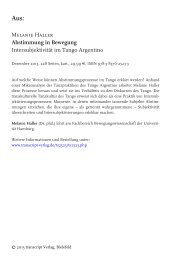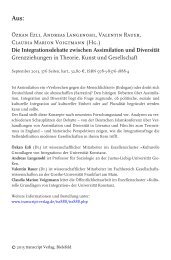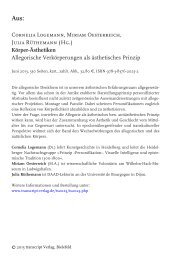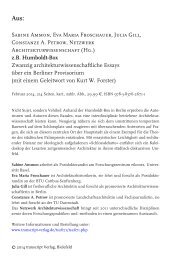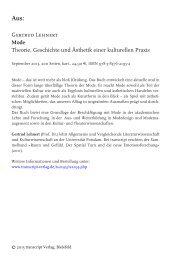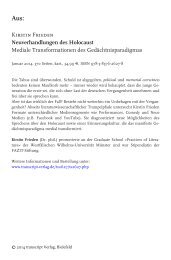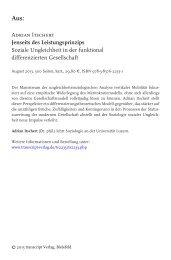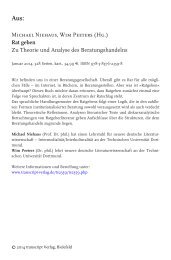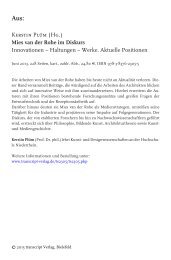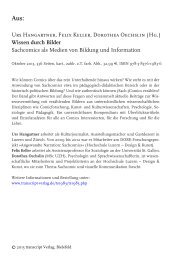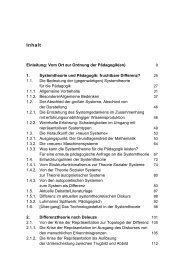Rainer Geissler, Horst Pöttker (eds.) Media ... - transcript Verlag
Rainer Geissler, Horst Pöttker (eds.) Media ... - transcript Verlag
Rainer Geissler, Horst Pöttker (eds.) Media ... - transcript Verlag
Create successful ePaper yourself
Turn your PDF publications into a flip-book with our unique Google optimized e-Paper software.
<strong>Horst</strong> <strong>Pöttker</strong> | Successful Integration?<br />
18<br />
A son: Railway worker Andreas Zalcsinski, Miner Wilhelm Jentoch,<br />
Miner Aegidius Lurzsak, Miner Adalbert Kowalzewski, Miner Johann<br />
Matcia, Miner Johann Madry, Bookseller Stanislaus Starkicwicz;<br />
A daughter: Miner Vinz. Garca, Woodworker Johann Janczyk, Railway<br />
worker Peter Reckhemke, Painter Rudolf Kieszlich, Miner Joh.<br />
Machinski, Locksmith Wilhelm Koch, Miner Josef Giezek, Miner Joh.<br />
Elsner, Miner Franz Szudra, Miner Franz Stachorski, Miner Andreas<br />
Bartkiewicz.<br />
This official piece of news accurately reflects the ethnic composition of the<br />
district, whereas such accuracy was lacking in other journalistic coverage of the<br />
time. A further example has to do with elections:<br />
On December 6th and 7th of last year, elections were held for all of<br />
the assessors to the mining court of Eastern Recklinghausen. Voter<br />
participation among workers was about 50%. Among the workers<br />
who were elected, five were from the German Miner’s Alliance, three<br />
from the Polish Alliance, and one from the Christian Alliance. None<br />
of the court’s former assessors was re-elected. (Recklinghäuser Zeitung,<br />
vol. 82, 3rd April 1912, p. 3)<br />
But the direct reference to Polish migrants usually went no further. The refusal<br />
to explicitly specify the involvement of Poles in local reporting extended to<br />
descriptions of alleged criminals, accident victims, and suicides, without<br />
clarifying ethnic or migrant backgrounds and, in this way, helped perpetuate a<br />
German tradition in journalism. Reports on crimes, then, rarely mentioned<br />
Poles in any direct way. This could be interpreted as having been beneficial to<br />
the integration process. Still, in many cases the question remains whether<br />
readers were able to infer from contexts that Poles were indeed the group<br />
being reported on.<br />
At the turn of the 20th century, film emerged as a new medium, and<br />
printing techniques facilitated the incorporation of graphics and photography<br />
into texts. Increasingly, visualization played a role in sources of public<br />
information and entertainment. For this reason, our analysis of the<br />
Recklinghäuser Zeitung also takes visual features into account. Perhaps this would<br />
be where Polish migrants made their appearance. The Recklinghäuser Zeitung did<br />
not print photographs in 1912, but all of the sections, especially the one on<br />
“International Politics“, included graphics and drawings. In the 24 issues 3 of<br />
the 30-day period in 1912 analyzed here, 95 drawings, 14 maps, and a total of<br />
3 The Recklinghäuser Zeitung appeared six times per week.



